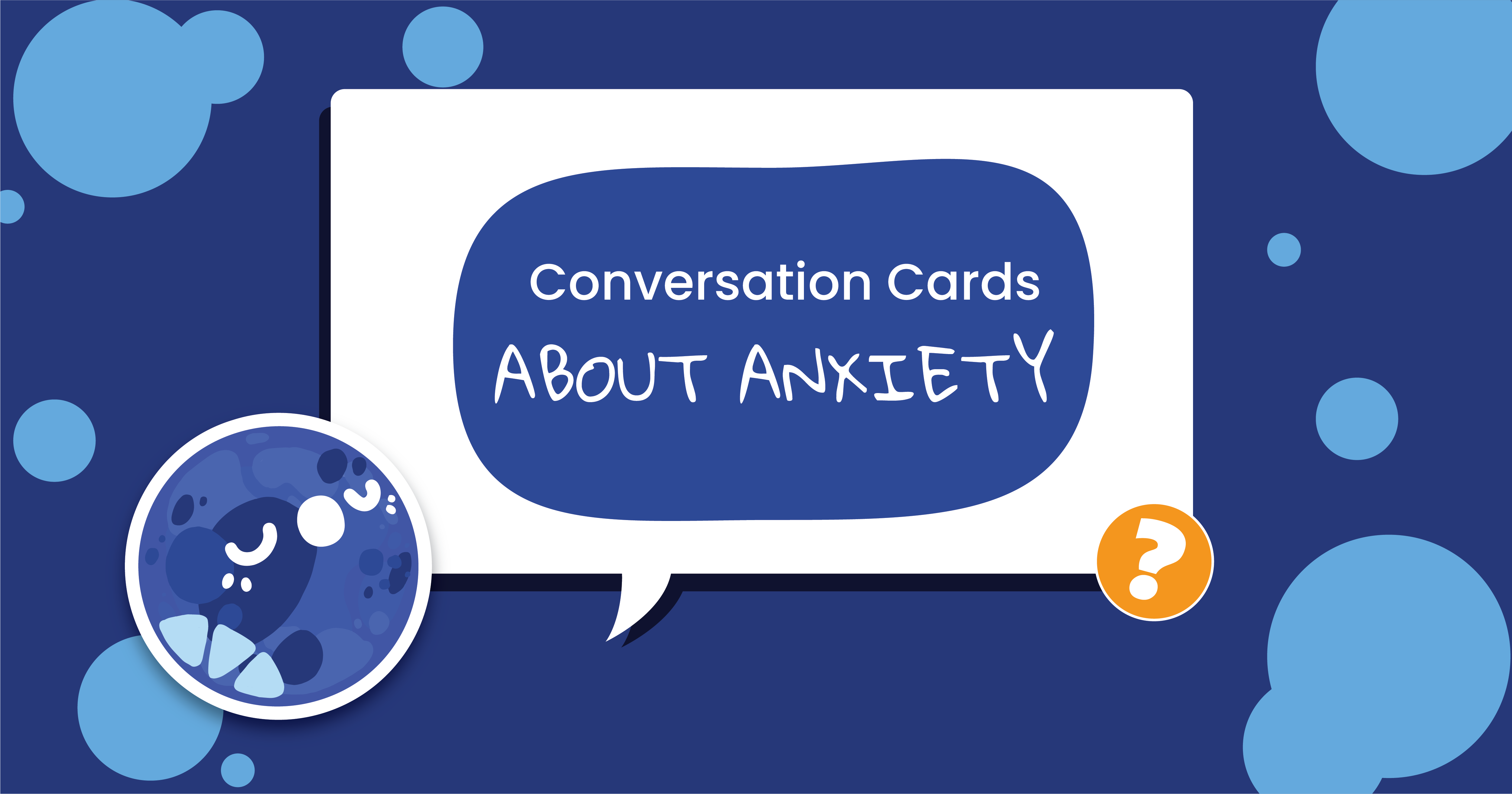What happens when we are uncomfortable? Think about shoes that are too tight, wearing too many layers in the summer, or ten people asking you questions at once. Think about noticing and feeling everything all the time, being unable to distinguish where the discomfort comes from, and being unable to tune it out. What does that feel like, and what does that feeling mean for someone’s ability to feel calm, secure, and comfortable not only in their environment, but in their own body? What does it mean for social interactions? What does it mean for mood? The link between sensory processing disorder and difficulties with emotion regulation runs deep.
What sensory processing disorder looks like
Our senses help us understand the world around us. For individuals with SPD, sensory input and sensory information isn’t as easily organized in the brain. SPD is a neurological condition that interferes with the brain’s ability to interpret sensory information. A person with SPD can have sensitivity in any or multiple senses – sight, taste, smell, sound, touch, or movement. They can also overinterpret, or under interpret, sensory information, as well as avoid or seek sensory input in an effort to better regulate (Miller, 2017). Avoiding certain textures (long sleeves) or sounds (loud noises), or craving certain movements (swinging) or pressure (tight hugs), are examples of children attempting to internally regulate through their senses.
SPD is not typically a stand-alone condition, and the behavioral reactions to SPD often overlap, or get confused with, the symptoms associated with other diagnoses. Anxiety, autism spectrum disorder, ADHD, and oppositional defiant disorder all have many overlapping symptoms (Chang, 2014)(McMahon, 2019).
Kids can end up expressing their internal discomfort, wherever it comes from, as frustration, irritability, outbursts, meltdowns, crying, isolating, or high energy and activity. Across groups, these sorts of difficulties with emotion regulation tend to be what is noticed and most easily observable.
Differentiating SPD
If your child has SPD, you may notice that certain sensory experiences can trigger them. For instance, they may be hypersensitive to a texture or type of fabric. Wearing particular items of clothing, like socks or shoes, can be an overwhelming experience. This in turn can make simple tasks a little more complicated. Like getting ready for school, or getting out the front door on time. For other kids with SPD, it could be a specific odor or food that provokes discomfort or even a meltdown. Kids with SPD may also have trouble with coordination and spatial recognition. Whatever the case, it’s important to consider the whole child when thinking about SPD.
How to Help
Sensory Processing Disorder is complex, but there are ways to help. Awareness of potential triggers can help you and your child better plan for their sensory processing needs. There are numerous activities and exercises that help kids with SPD practice sensory integration. Here are 5 sensory activities for kids with autism. Occupational Therapy is a common intervention for SPD, and one to consider if you are seeking professional support. Therapists can help children with SPD identify triggers and come up with strategies that allow them to take part in normal childhood activities more comfortably. Your child’s pediatrician can help connect you with a specialist.
References
Chang Y-S, Owen JP, Desai SS, Hill SS, Arnett AB, Harris J, et al. (2014) Autism and Sensory Processing Disorders: Shared White Matter Disruption in Sensory Pathways but Divergent Connectivity in Social-Emotional Pathways. PLoS ONE 9(7): e103038. https://doi.org/10.1371/journal.pone.0103038
McMahon K, Anand D, Morris-Jones M and Rosenthal MZ (2019) A Path From Childhood Sensory Processing Disorder to Anxiety Disorders: The Mediating Role of Emotion Dysregulation and Adult Sensory Processing Disorder Symptoms. Front. Integr. Neurosci. 13:22. doi: 10.3389/fnint.2019.00022
Miller, L. J., Schoen, S. A., Mulligan, S., & Sullivan, J. (2017). Identification of Sensory Processing and Integration Symptom Clusters: A Preliminary Study. Occupational therapy international, 2017, 2876080. https://doi.org/10.1155/2017/2876080


















